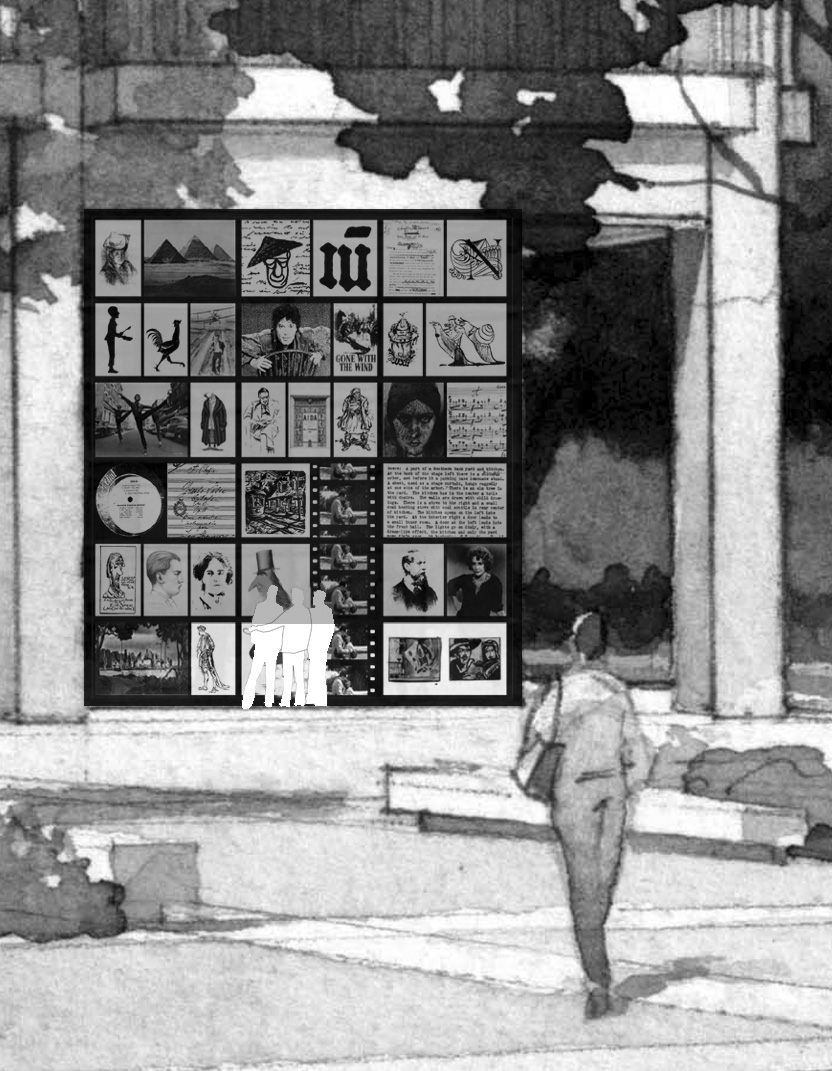Building Statistics
 |
 |
| Building Name | Harry Ransom Humanities Research Center |
| Location and Site | Austin, Texas. University of Texas at Austin – Tower Area |
| Building Occupant Name | University of Texas at Austin |
| Function | Research/cultural center, rotating exhibit space |
| Size | 46,360 sq. ft (renovated first and second floors) |
| Stories | Seven above-grade and basement |
| Primary Project Team | Lake I Flato Architects (San Antonio, Texas) |
| Dates of Construction | Originally constructed 1972 |
| Renovation Cost | $9,058,869 (total project cost estimate) |
| Project Delivery Method | Design-Bid-Build |
Architecture
The Harry Ransom Humanities Research Center is a multiuse facility that functions as one of the most important cultural centers of the state of Texas. A Brutalist style building initially designed as research archives, the completed renovation opened its doors to the public for the first time, adding human scale to the structure. The renovated building now includes gallery/exhibit spaces for guests to tour as well as a theatre and other public spaces. Highlights of the over 42 million books, manuscripts, photographs, and artwork include the Gutenberg Bible (c. 1455), the first photograph (c. 1826), and paintings by Frida Kahlo and Diego Rivera.
The building envelope consists of load-bearing concrete columns, concrete façade, glass curtain walls, and a flat membrane roof. The 1999 International Building Code (IBC) governed the renovation project. Additionally, the International Energy Conservation Code (IECC) and 1999 ASHRAE codes were enforced. Currently, commercial buildings in the state of Texas are governed by the 2003 IBC as well as 2001 IECC. State funded projects such as the Ransom Center must also meet ASHRAE/IESNA 90.1-2004 energy code.
The Harry Ransom Research Center renovation was not restricted by any historical requirements, and the site is listed as public property owned by the state of Texas under the University of Texas at Austin.
Major National Model Codes:
2000 IECC
ASHRAE/IESNA 90.1 - 1999
Building Envelope:
The exterior structure of the Harry Ransom Center is relatively simple. Walls consists of precast load-bearing concrete as well as non-structural glass curtain walls with steel framing. A rubber membrane roof seals the building from the elements.
Electrical:
The building is serviced by two plug-in bus risers, each rated at 120/208 volts and 227/480 volts. An electronic dimming system is connected to the bus risers, and a secondary bus/track system is used to power the gallery spaces.
Lighting:
An extensive track system is used to provid flexible illumination in gallery spaces with incandescent and fluorescent sources. PAR incandescent sources are used in coves and soffits throughout the building to highlight architectural features, while metal halide fixtures are used in exterior spaces and rooms with high ceiling height. An extensive lighting system wtih programmed scenes is incorporated into the theatre.
Mechanical Systems:
Four 75,000 CFM variable frequency drive air handling units condition the building, which is supplied by chilled water and steam from the University of Texas.
Construction:
Originally built in 1972, the Ransom Center is a brutalist style building designed for use as research archives. A complete renovation of the first and second floors occurred between May 2001 and April 2003. The new space features gallery and exhibit areas, a theatre, and libraries.
Structural:
Because this building's construction was limited to rennovation of the first and second floors, detailed structural documentation is limited. A two-way pre cast concrete slab system seems to have been employed in the structure. Expansion of spaces was contained within overhangs and did not increas the overall building footprint or require foundation work.
